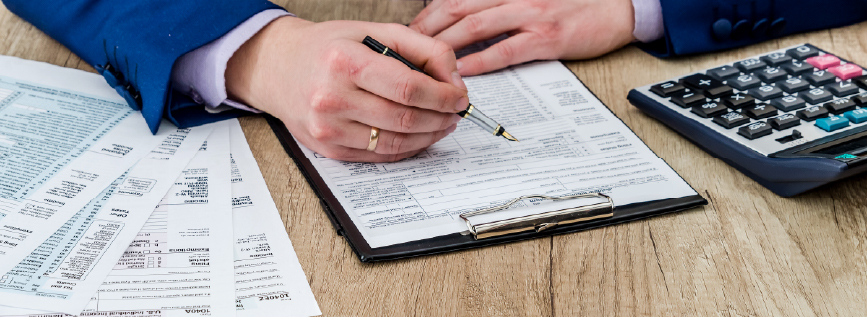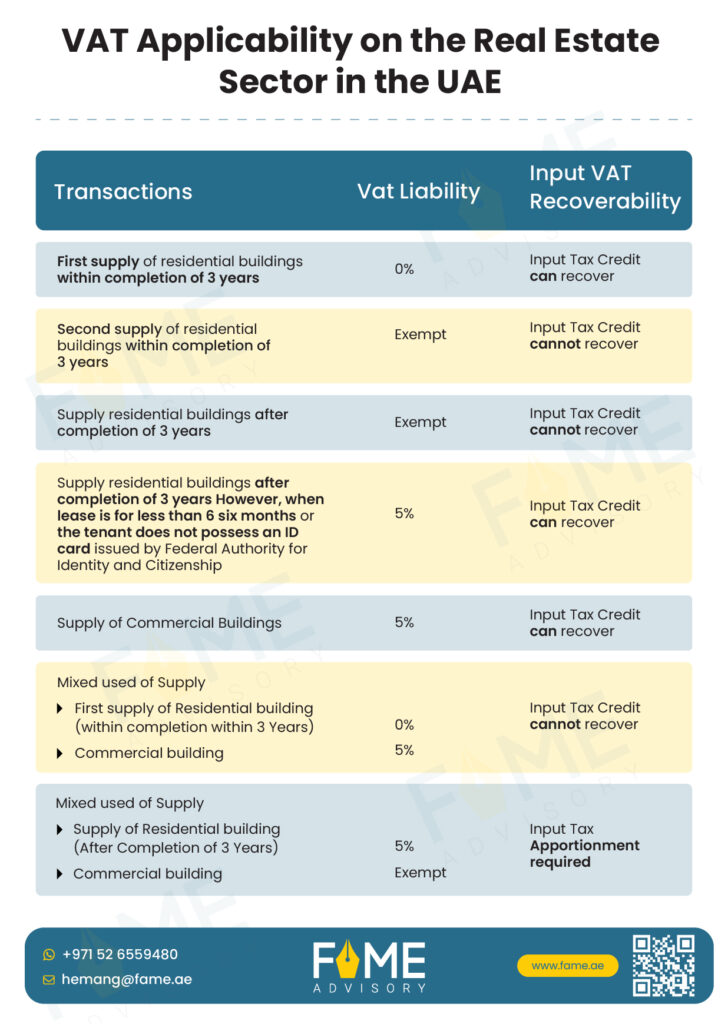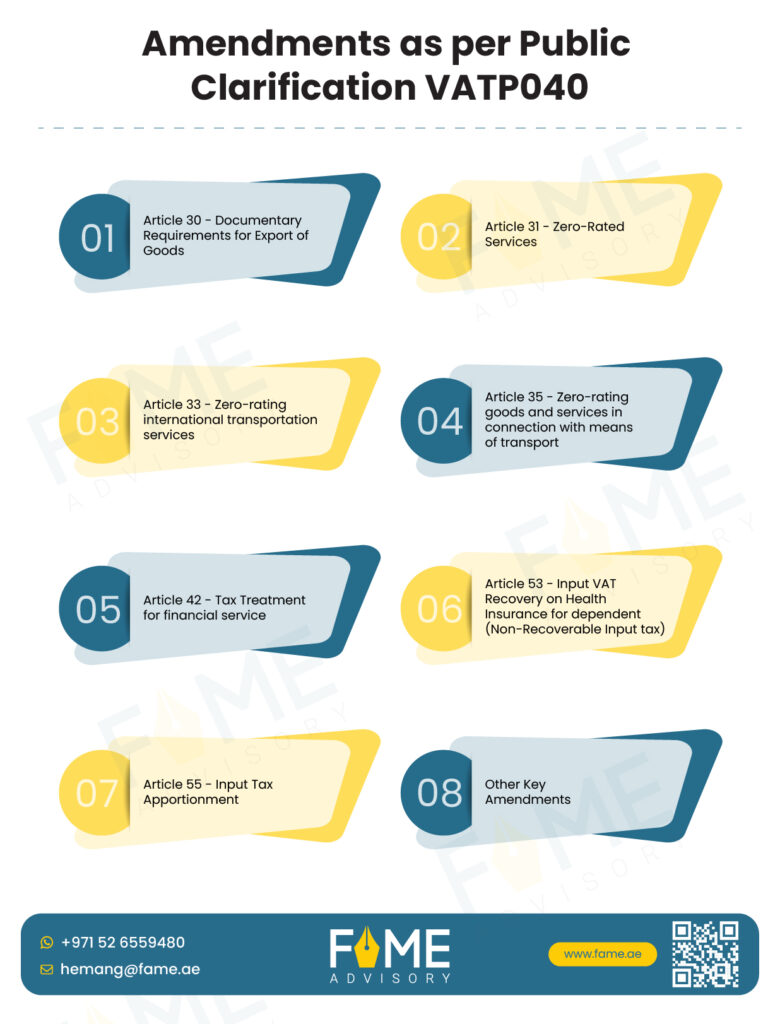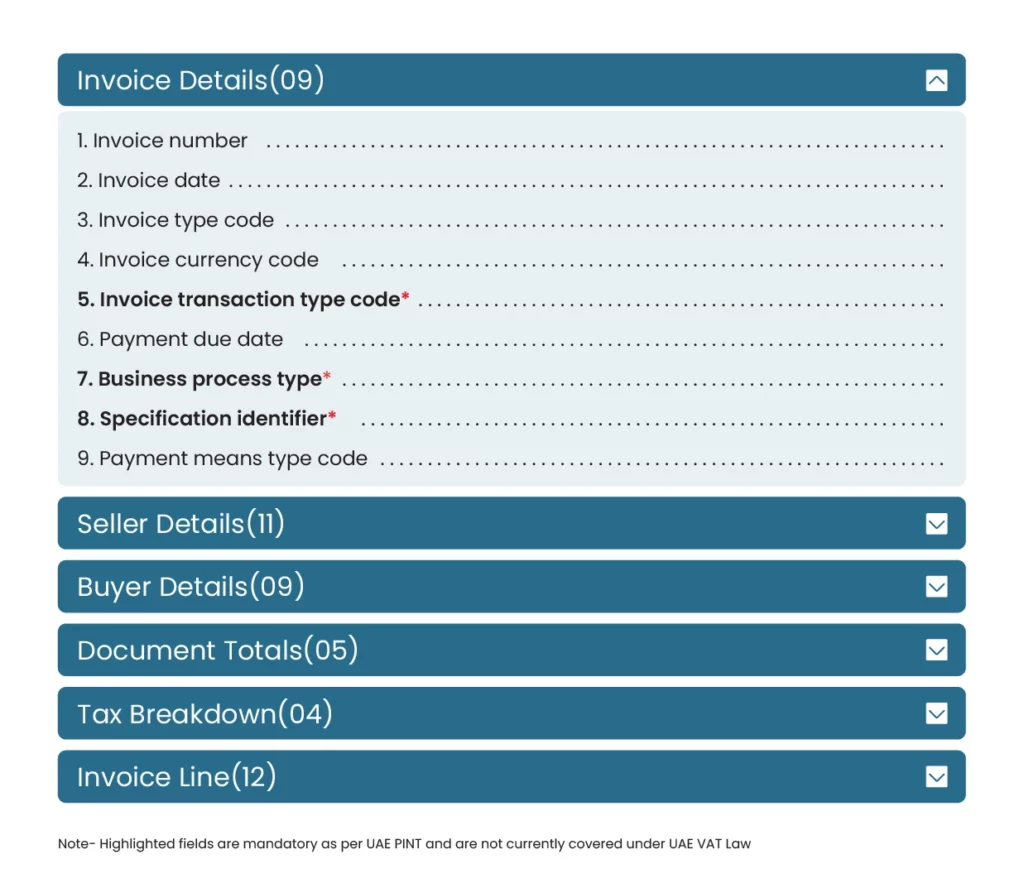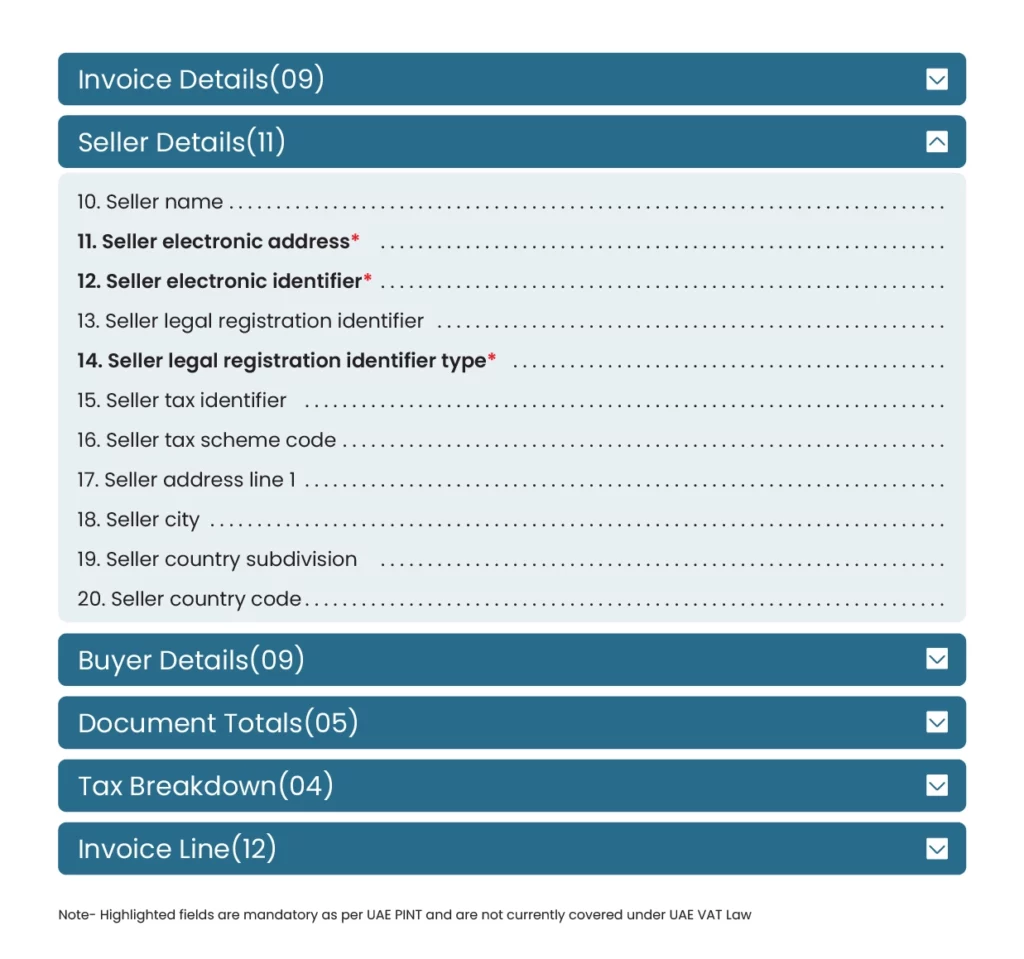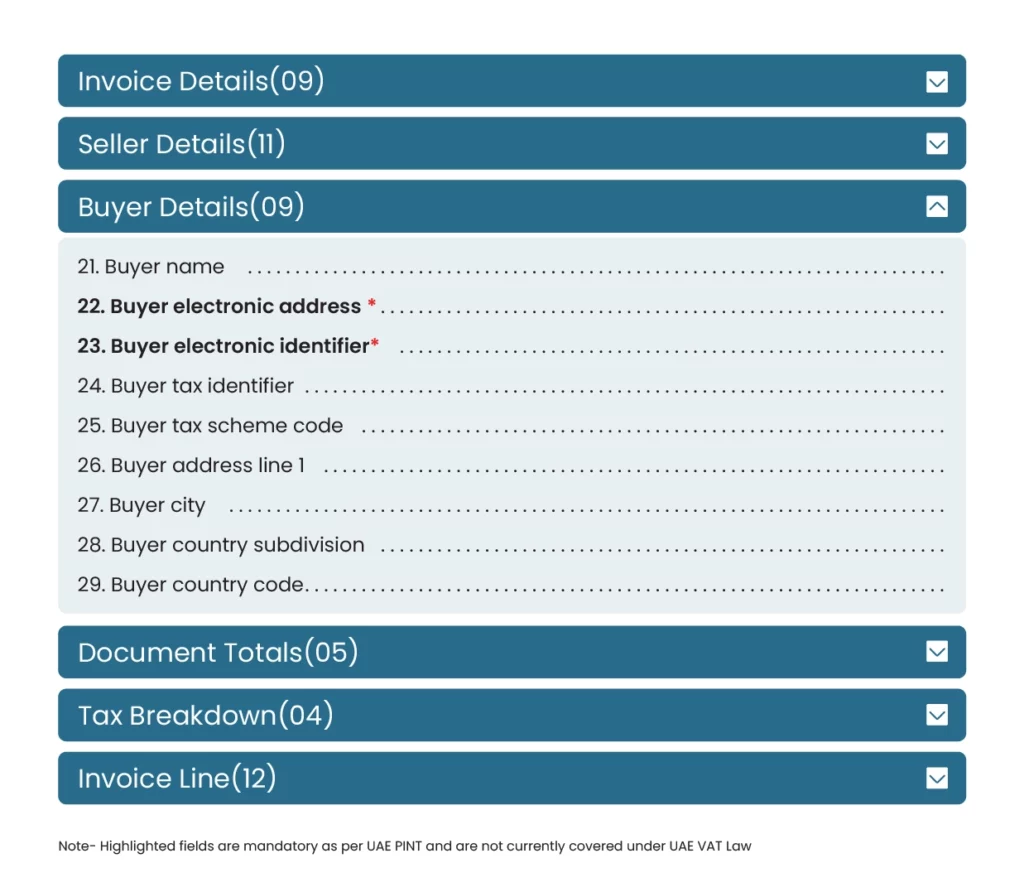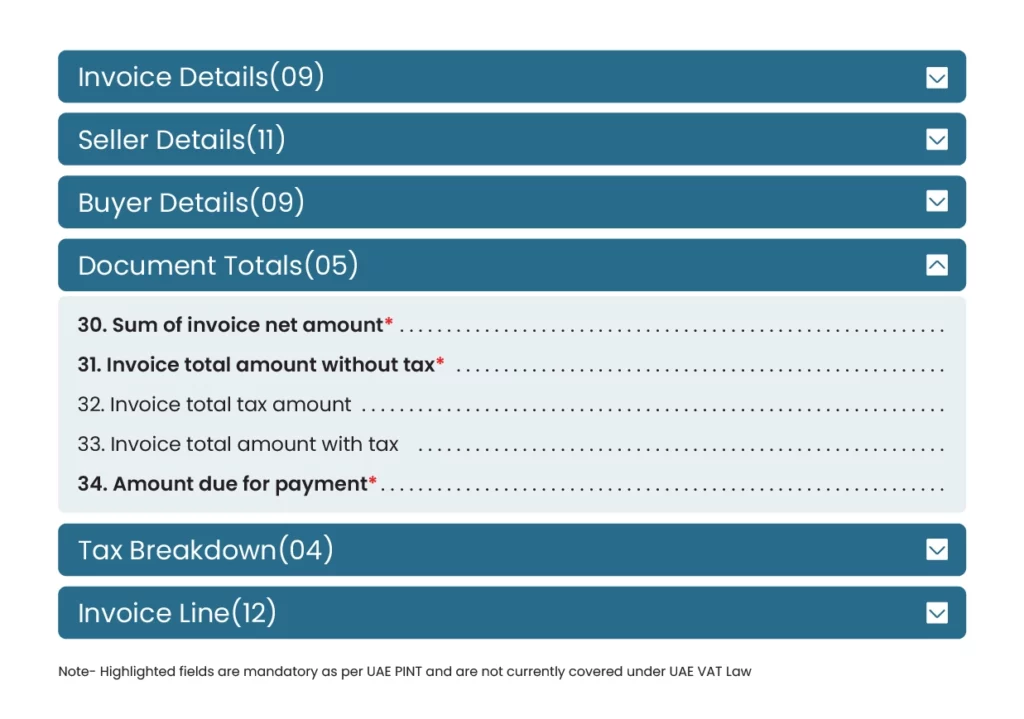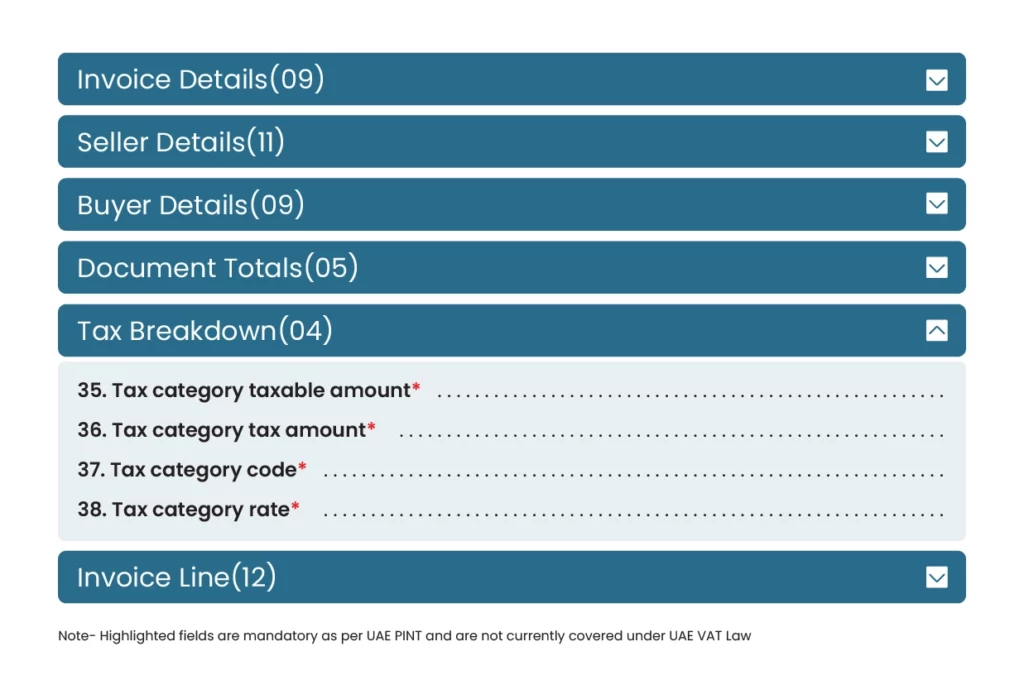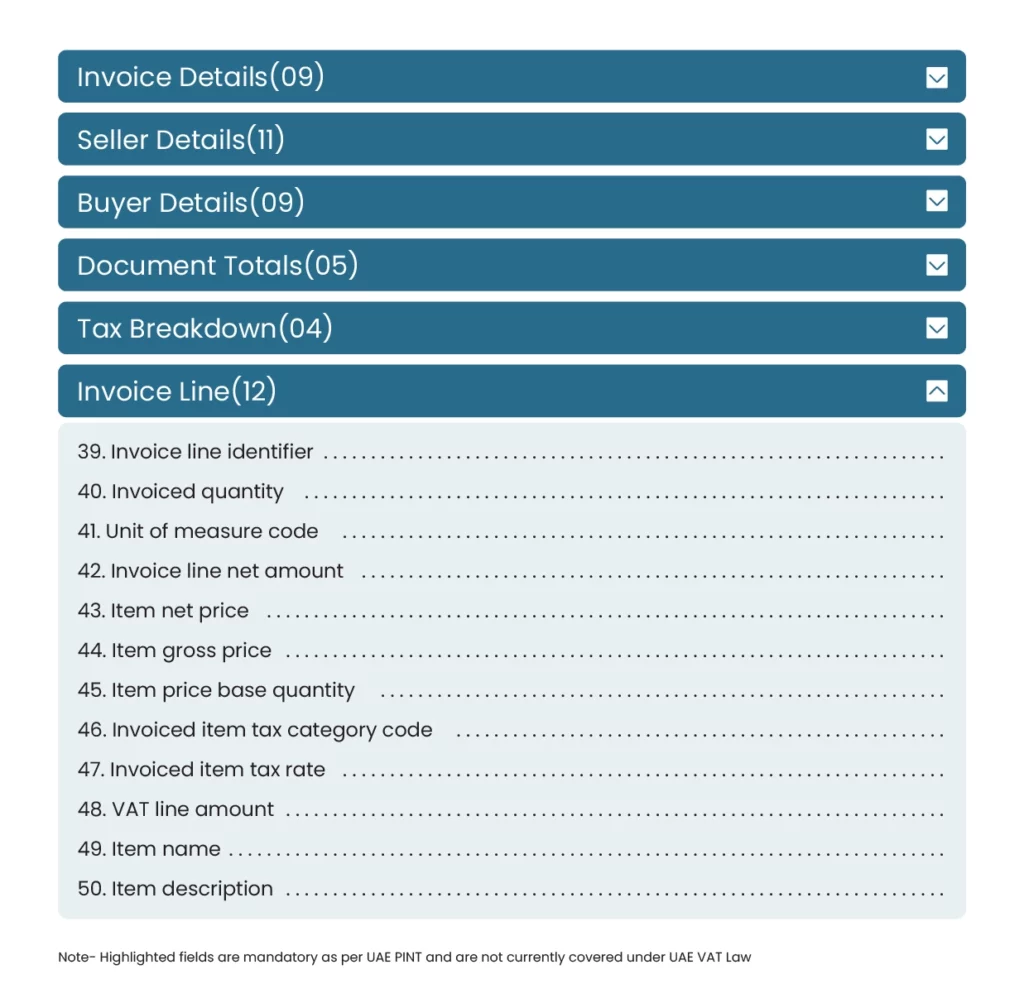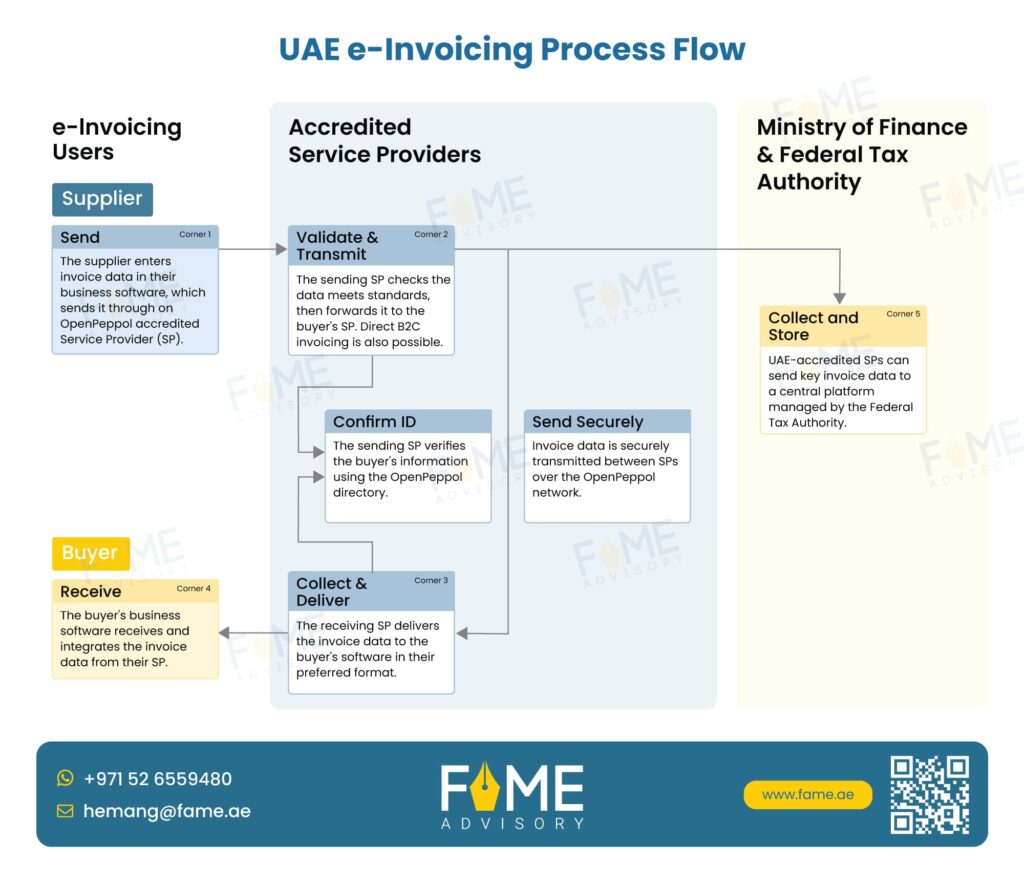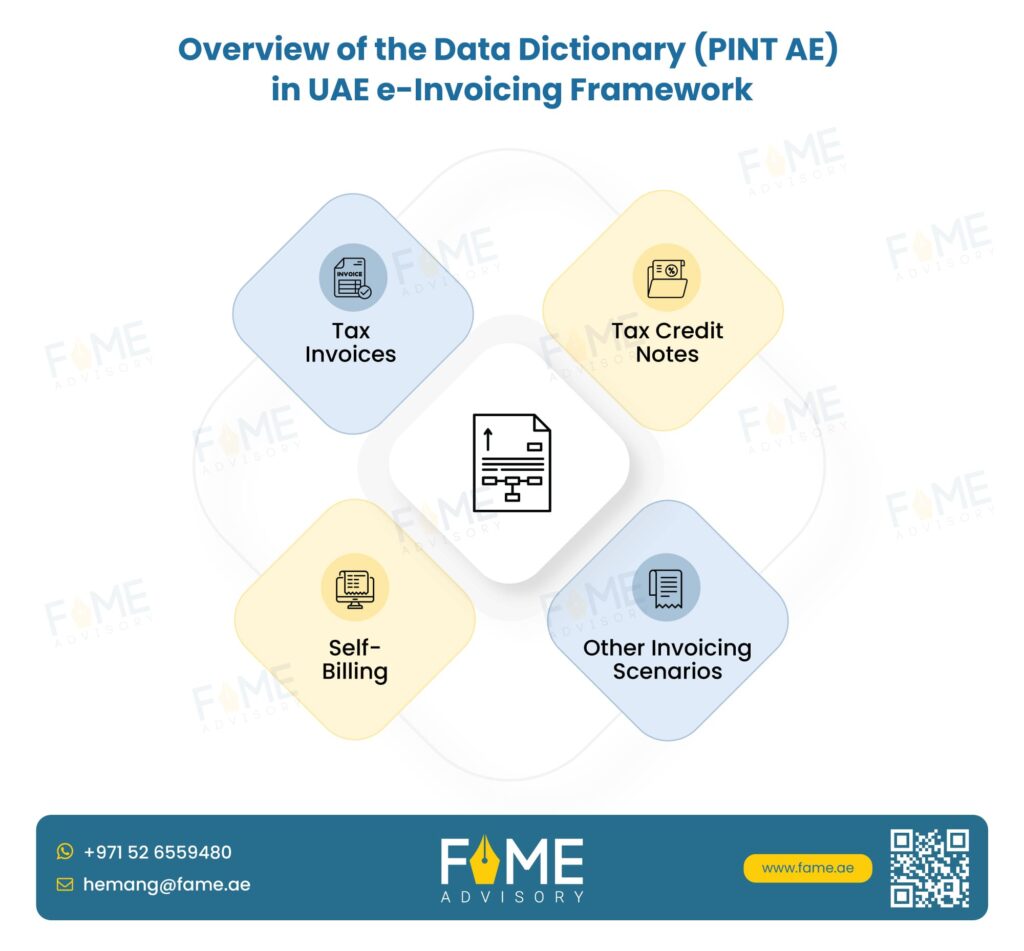Insights

Waiver of Administrative Penalty for failing to submit a Corporate Tax registration application within the deadline
Important definitions
- Tax Resident: A person present in Oman for 183 days or more in a tax year
- Tax Year: Calendar year from January 1 to December 31
- Gross Income: All executory amounts and benefits received by the person during the tax year according to the provisions of this Law
- Net Income: The amount exceeding 42,000 Omani Rials from the Gross Income
- Taxable Income: The Net Income minus the value of exemptions, costs, and losses deductible under this Law, as well as exemptions granted under international agreements
Scope of law
An annual tax shall be imposed on the Net Income of the Person as follows:
- Residents are taxed on global income
- Non-residents are taxed on income sourced in Oman
Applicability
The law will come into effect on 01 January 2028
Taxable sources of income
The Gross Income of the Person consists of all or some of the following sources:
- Salaries and wages
- Self-employment
- Leasing
- Royalties
- Interest
- Profits from shares, quotas, and sukuk, and proceeds from their disposal
- Proceeds from the disposal of real estate assets
- Retirement pensions and end-of-service benefits
- Prizes
- Grants and gifts
- Membership remunerations
Tax Rate
The tax is due at a rate of 5% of the Taxable Income
Which income is Exempted
Exemptions include:
- Income of foreign diplomats (with reciprocity)
- Additional allowances for Omani diplomats abroad
- Income of a resident earned outside Oman for 18 months after return
- Overseas income of Omani residents
- Certain pension contributions
- Education and healthcare expenses
- Capital gains from sale of primary residence (after 2 years of registration)
- Donations (up to 5% of gross income)
- Income realized from industrial property rights related to patents, designs and drawings, models, trademarks, and secret methods or formulas. (exempt for first 5 years from the date of registration)
Carry forward of losses
Losses can be carried forward up to 5 years, but only from:
- Self-employment
- Leasing
- Disposal of real estate assets
- Disposal of shares, quotas, sukuk, and bonds
Tax Returns
- A tax return is required if gross income exceeds OMR 42,000
- Filing deadline: Within 6 months from the end of tax year
- If the Person has no other source of income other than salaries and wages, membership remunerations, or retirement pensions paid from a single employer, the employer is obligated to submit the return on his behalf upon his request on the forms prepared for this purpose, as specified by the Regulations
Amendment of Return
If the Person discovers, within 3 years following the end of the period specified for submitting the tax return, that the return he submitted contained an error or omission, he must submit an amended return to the Authority within 30 from the date of discovering the error or omission which shall be considered as an original return.
Payment of Tax
- Normally due when the return is filed
- The Employer is obligated to pay the amounts required to be withheld for the account of the tax on salaries and wages, retirement pensions and end-of-service benefits, and membership remunerations
Control and Audit
- The person obligated to pay the tax must keep the records, documents, data, information, invoices, and others for a period of 5 years from the date of submitting the return
- The Authority may annually audit the tax returns of individuals
Penalties
A fine of not less than 1,000 Omani Rials and not more than 5,000 Omani Rials shall be imposed on anyone who commits any of the following acts in violation of the provisions of this Law:
- Intentionally refraining from submitting the tax return within the prescribed deadlines
- Intentionally refraining from complying with the Authority’s request to submit records, documents, data, information, invoices, or others, related to the tax
- Intentionally refraining from withholding the amounts required to be deducted for the account of the tax
- Intentionally refraining from paying the amounts he has withheld for the account of the tax
Imprisonment for a period of not less than 1 year and not more than 3 years, and a fine of not less than 10,000 Omani Rials and not more than 20,000 Omani Rials, or one of these two penalties, shall be imposed on anyone who commits any of the following acts in violation of the provisions of this Law:
- Stating incorrect data in the tax return with knowledge thereof.
- Attaching forged records, documents, information, data, invoices, or others to the tax return with knowledge thereof.
- Intentionally destroying, concealing, or disposing of records, documents, information, data, invoices, or others, before the end of the period specified for their retention.
Search
Recent Insights




